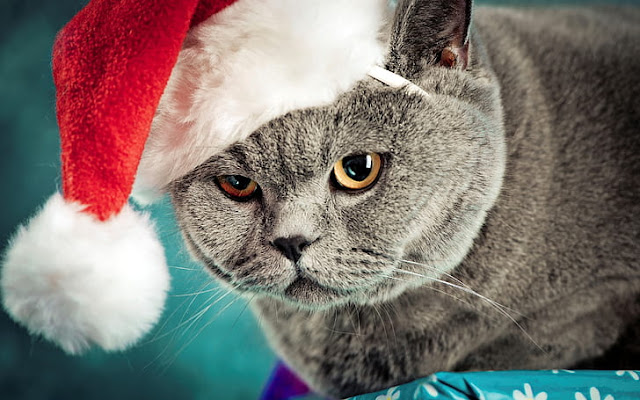Cats have long been adored for their mysterious and independent nature. One intriguing behavior that has fascinated cat owners for centuries is their tendency to bring "gifts" to their human companions. These "gifts" often come in the form of small prey, such as mice, birds, or insects. While this behavior might seem perplexing or even a bit unsettling, there are several theories that shed light on why our feline friends engage in this peculiar habit.
1. Instincts from Their Wild Ancestors:
Domestic cats share a common ancestry with their wild relatives, who are skilled hunters. Bringing their human companions these "gifts" could be an instinctual behavior that stems from their ancestors' hunting practices. By offering these trophies, cats may be demonstrating their hunting prowess and providing for their "family."
2. Demonstrating Affection and Gratitude:
Cats are known for their independent nature, but they can also form strong bonds with their human caretakers. Bringing a "gift" can be seen as a way for cats to show their affection and gratitude. In their own unique way, they are attempting to provide for their humans, much like they would for their own offspring.
3. Teaching Opportunities:
Cats are natural hunters, and by bringing their human companions small prey, they may be trying to teach them how to hunt. In the wild, kittens observe and learn from their mothers as they bring back prey. By presenting these "gifts," cats may be attempting to educate their human companions, who they consider part of their extended family.
4. Seeking Approval and Recognition:
Cats are intelligent creatures that are often attuned to the reactions of their human counterparts. By presenting a "gift," they may be seeking praise and acknowledgment for their hunting skills. Cats are known to be highly observant, and positive reinforcement from their human companions can reinforce this behavior.
5. Playful Nature:
For cats, the act of hunting is not just about survival but also a form of play. Bringing their humans a "gift" may be an extension of their playfulness, as they see it as an interactive and enjoyable activity. It could be their way of engaging in a game and sharing the joy of their conquest with their beloved human.
The phenomenon of cats bringing "gifts" to their human companions is a fascinating aspect of feline behavior. While the exact reasons behind this behavior may vary from one cat to another, it's clear that cats have complex motivations and emotions. Whether it's instinctual, a display of affection, a teaching opportunity, or simply a playful act, these "gifts" provide a glimpse into the intricate bond between humans and their feline friends. So, the next time your cat presents you with a "gift," remember that it's a token of their unique way of showing love and appreciation, and perhaps, a reflection of their intrinsic nature as skilled hunters.


Comments
Post a Comment